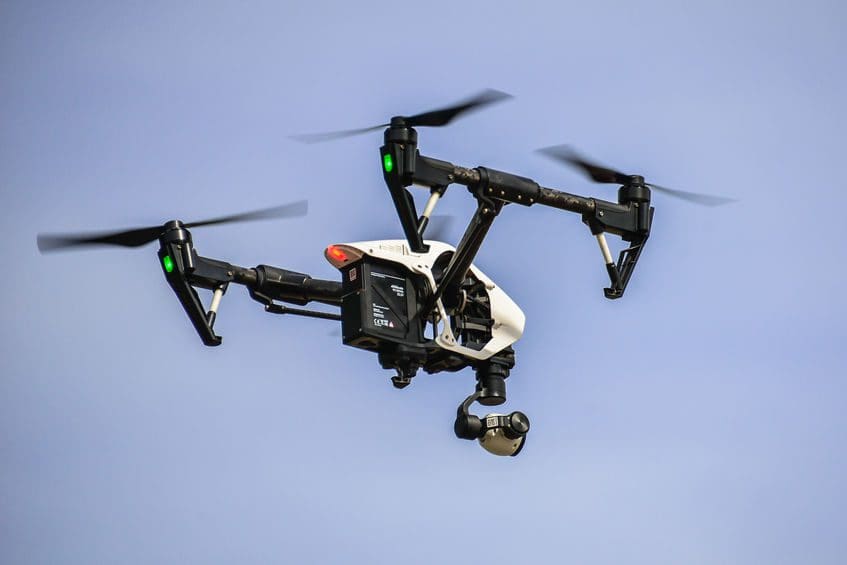Latest advancements in sensing and imaging technologies are enabling drones to be deployed in a wide range of settings in the oil and gas industry, according to GlobalData, a leading data and analytics company.
The company’s latest report, ‘Drones in Oil & Gas – Thematic Research’, reveals how drones are being used to perform inspection and predictive maintenance of critical infrastructure.
Drone makers are collaborating with oil and gas companies to develop applications that can be customized and provide real-time insights. GlobalData has identified the key trends of drone applications in the oil and gas industry.
Remote monitoring and surveillance
Drones are primarily used in the oil and gas industry for remote monitoring and surveillance of infrastructure, equipment, tankers and trucks. Drones can provide a 360° view for monitoring field operations and observing the progress of facilities that are under construction. Remote monitoring using drones also enables oil and gas companies to inspect unmanned production platforms.
Inspection and predictive maintenance
Drones can be customized to include ultrasonic sensors and visual inspection technologies such as cameras and thermal imagers to perform close-range non-destructive inspection of oil and gas assets to detect flaws or defects. The approach is proving to be very efficient in the evaluation of pipelines, exterior surfaces and sub-surfaces of storage tanks, and marine vessels.
Merging drone data with advanced data analytics allows companies to predict the health of equipment and predict potential malfunctions.
Methane management
Oil and gas companies are targeting methane reductions from operations to lend their support to the worldwide campaign against climate change and global warming. Companies are investing in a wide range of sensing technologies that can be either permanently installed on the target asset or mounted on drones to obtain real-time data.
Equinor, an oil and gas company based in Norway, is investing in a research program to develop laser-based sensors for detecting methane leaks.
Emergency response
Drones can provide a bird’s-eye view of developments in the event of an industrial accident or a natural disaster. Real-time drone imagery and video analytics can help map oil spills or fire incidents. It can enable companies to co-ordinate emergency responses and direct resources to the right places while ensuring personnel safety.
Material handling
Technology companies worldwide are experimenting with the reliability of drones for delivering products in visual line of sight (VLOS) and beyond visual line of sight (BVLOS) scenarios. The use of drones can be adopted in the context of oil and gas as well, to transport payloads to production platforms located nearby.
Although restriction on the size and weight of the payload may limit the usability of drones in this situation, it can be considered as an option for delivering smaller objects.
About GlobalData
4,000 of the world’s largest companies, including over 70% of FTSE 100 and 60% of Fortune 100 companies, make more timely and better business decisions thanks to GlobalData’s unique data, expert analysis and innovative solutions, all in one platform. GlobalData’s mission is to help our clients decode the future to be more successful and innovative across a range of industries, including the healthcare, consumer, retail, technology, energy, financial and professional services sectors.





